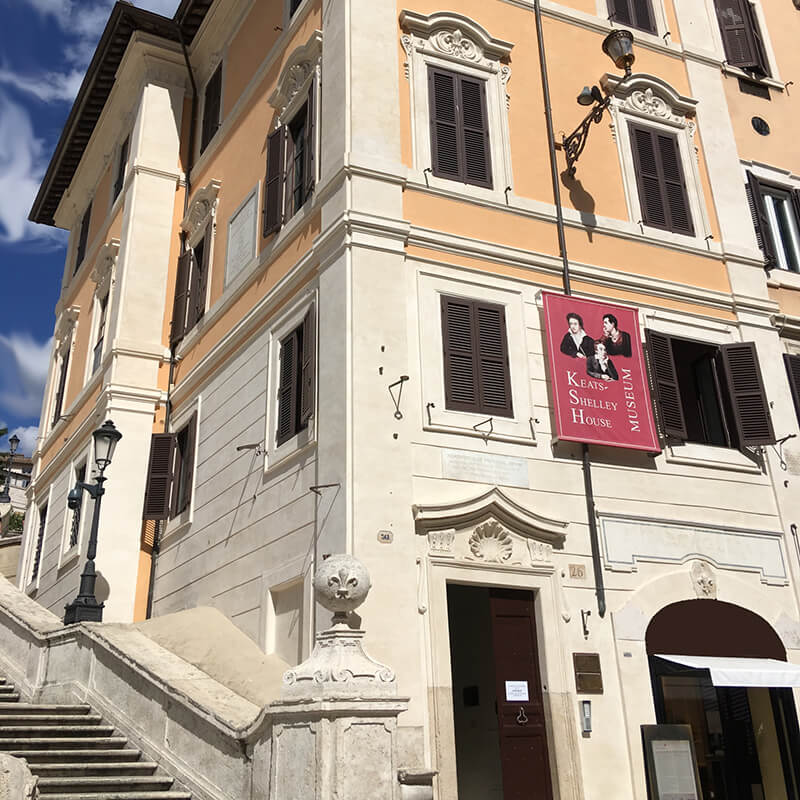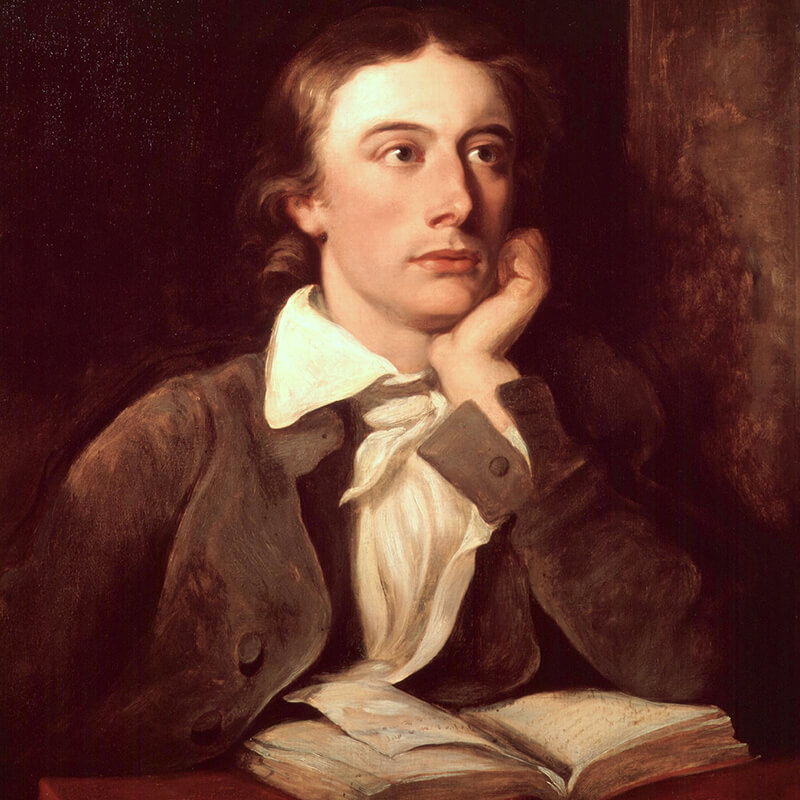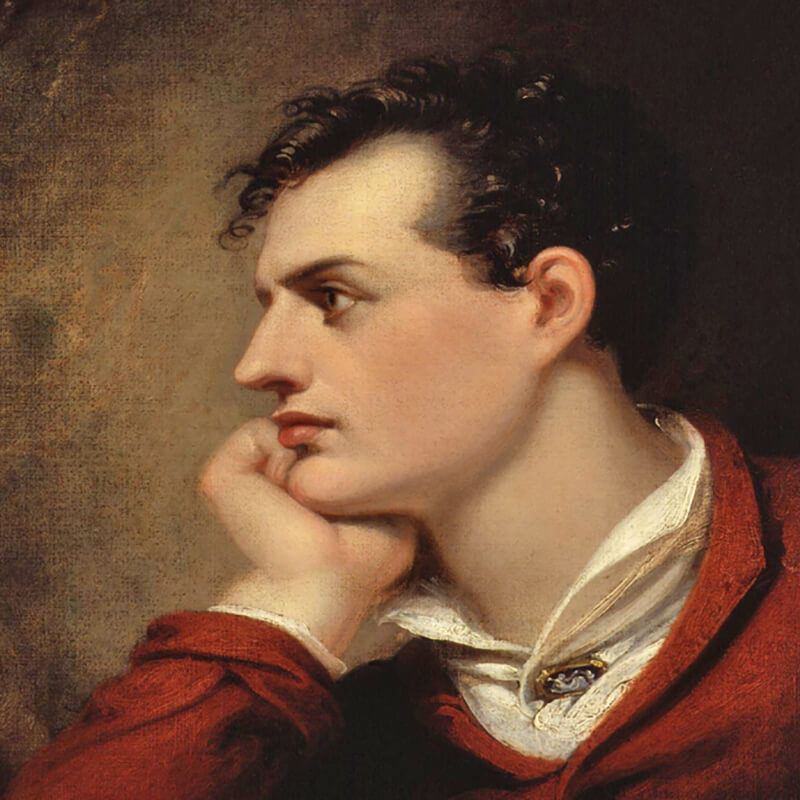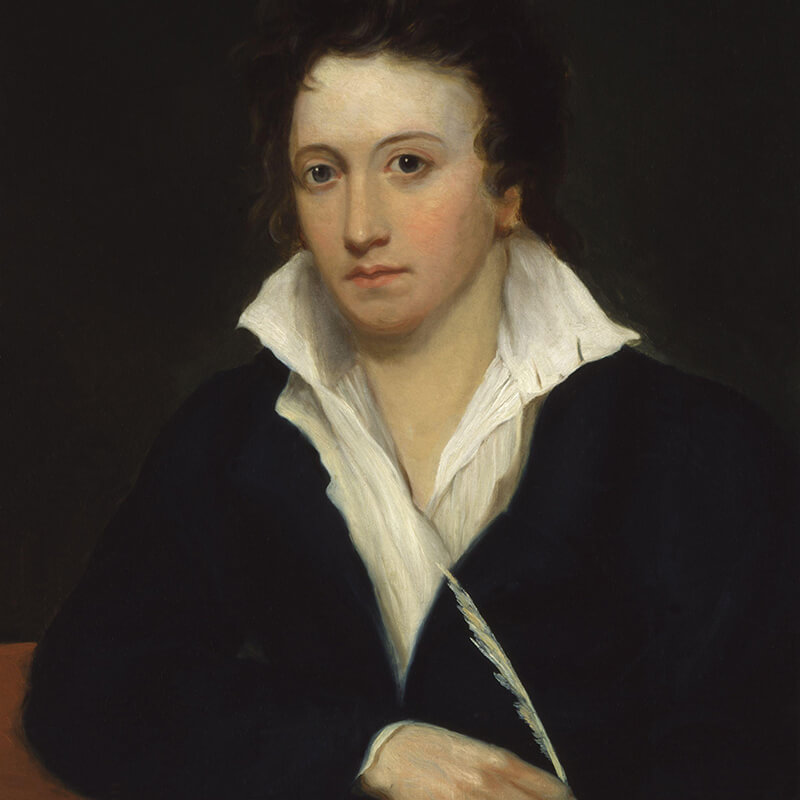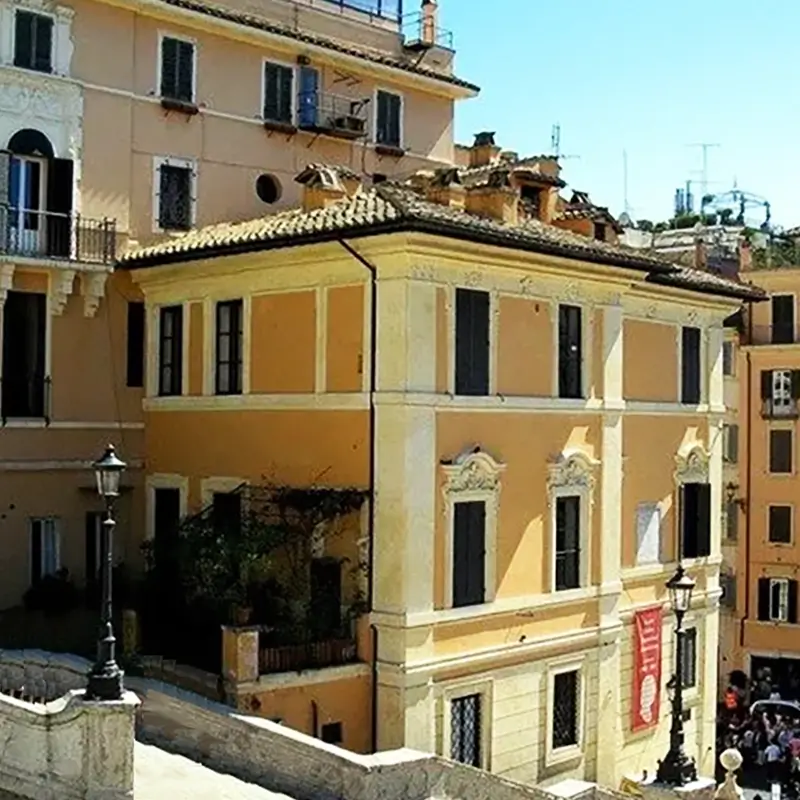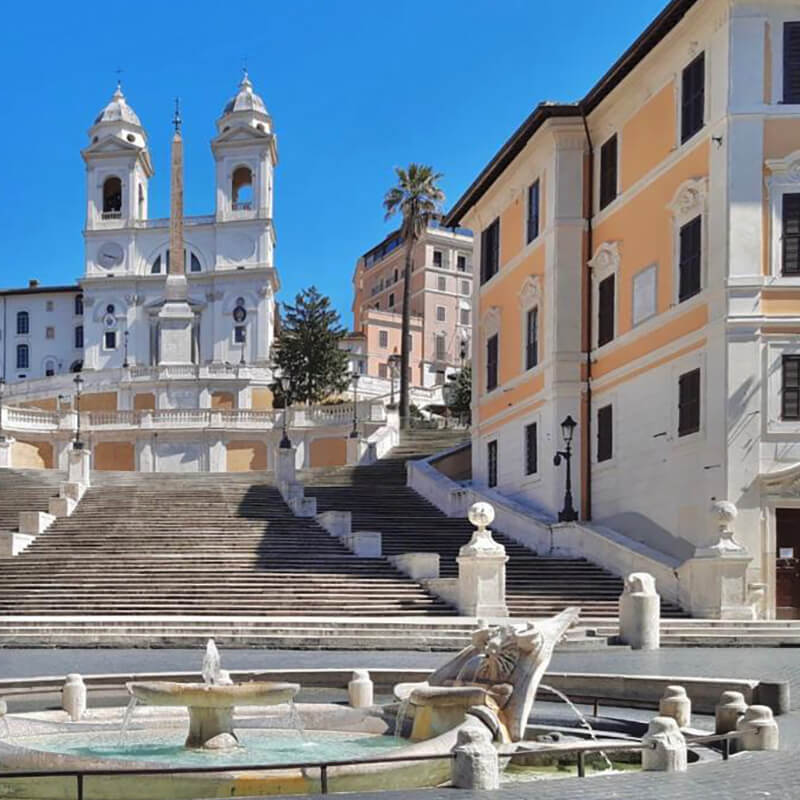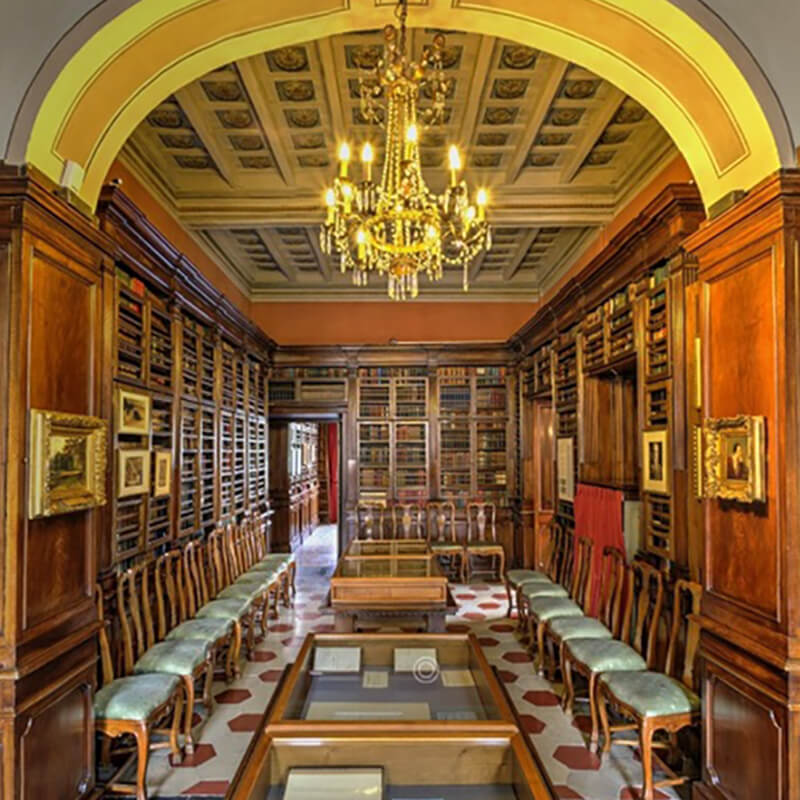There are special places in Rome that manage to fascinate the visitor and never leave him. One of these is the small Keats and Shelley Museum dedicated to English poetry and named after two young poets of the Romantic generation, John Keats and Percy Shelley. A museum which is a small enclave of English literature and culture and which since 1909, the year of its foundation, has intertwined its destiny as a foreign place with that of the eternal city. Its location, in the ocher-coloured building next to the famous Spanish Steps, already makes it special.
When you enter, in an atmosphere of silence and light dim light, you are immediately struck by the retro atmosphere of the bookshops from the beginning of the century and by the particular smell, a mixture of wood scent mixed with that of the infinite paper pages of the 8,000 volumes that the Keats and Shelley Museum preserves. An unmistakable scent that becomes the hallmark of this museum, among the many in the capital. The wooden bookcases follow us through all the rooms: there are many first editions of romantic poetry and texts of English literature, biographies and non-fiction, a treasure that forms the backdrop to the stories told in these rooms.
The Keats and Shelley Museum hosts memories and memorabilia of the three main protagonists of the second generation Romantic age, and in addition to Keats and Shelley there is also the story of the third standard-bearer, the famous George Gordon Byron, poet with an inimitable life and a devouring passion for classicism, who will find his death in Greece chasing the romantic dream of freeing it from the Ottoman yoke.
The Keats and Shelley Museum in Piazza di Spagna was created in 1909 by a group of Anglo-American intellectuals and diplomats. The will of the founders of the museum was to crystallize in an institution the memory and poetic production of John Keats who died in this place at just 25 years old, in 1821, to enlarge it to Percy Shelley who never entered here but lived in Rome for a few years from Lord Byron, who lived for some time in Piazza di Spagna, but at number 66, right in front of the building where the museum is located.
The Keats and Shelley Museum is small, just four rooms, which still form the old apartment rented by Keats and his friend John Severn when they arrived in Rome at the end of 1820 The apartment belonged to Mrs. Anna Angeletti who lived here renting rooms in her house to the many foreigners who arrived in Rome from all over.
John Keats had come to Rome in search of hope, that of healing from tuberculosis, a disease that claimed victims throughout Europe in the 19th century and which suffered, among others, Paganini, Kafka, Chopin, Checov and Gozzano and for whom there was no pharmacological therapy other than alleviating lung disease with the mild climate of the Mediterranean areas.
Keats arrived in Rome after a difficult journey on 15 November 1820, and spent the last hundred days of his life in this house. A painter friend, John Severn, had left with him on this journey of hope from London, who already during the journey at sea realized the impossibility of recovery and real recovery.
In the Keats and Shelley Museum the story of John Keats is told and accompanied by memorabilia: letters, portraits of him and his family, drawings, poems. The world of a very talented young man who will have no fame in life unfolds in the shop windows and brings the visitor closer to the poet’s destiny. The rooms also contain memorabilia from Percy Shelley and Lord Byron, whose memories are narrated by letters, portraits and objects. Among all, we mention the portrait of Shelley’s wife, the famous Mary Shelley which she wrote when she was very young is Frankestein, giving life to the genre of science fiction literature which begins precisely with this book.
The last room of the Keats and Shelley Museum is the bedroom where Keats died on 23 February 1821, and of which only the small marble fireplace and the magnificent eighteenth-century wooden ceiling which can also be admired throughout are original. the rest of the house. The nineteenth-century fashionable bed is not original, nor are the rest of the small furniture and the paintings, due to a law of the Papal State which required the burning of everything that had come into contact with a sick person of tuberculosis. Yet the room, despite the museum reconstruction, retains an almost solemn atmosphere, in which the visitor imagines the epilogue of the young poet’s life accompanied by the sound of water coming from the Fontana della Barcaccia below.
John Keats and Percy Shelley will die a year apart, and will be buried in Rome at the Non-Catholic Cemetery, in the shadow of the Pyramid of Cestius.
If you want to know more about the places and facts of Rome’s history, with anecdotes about the characters who made and lived in the Eternal City, contact me to book one of my tours and guided visits to Rome and its province. Follow RomaGuideTour.it also on Facebook and Instagram for updates and extra content.

